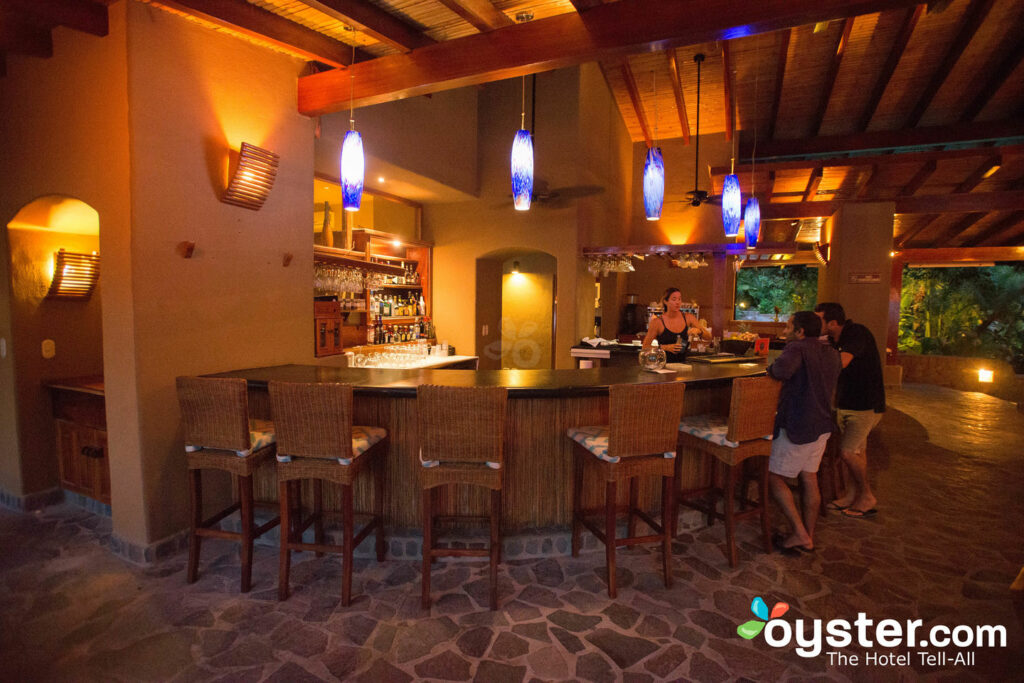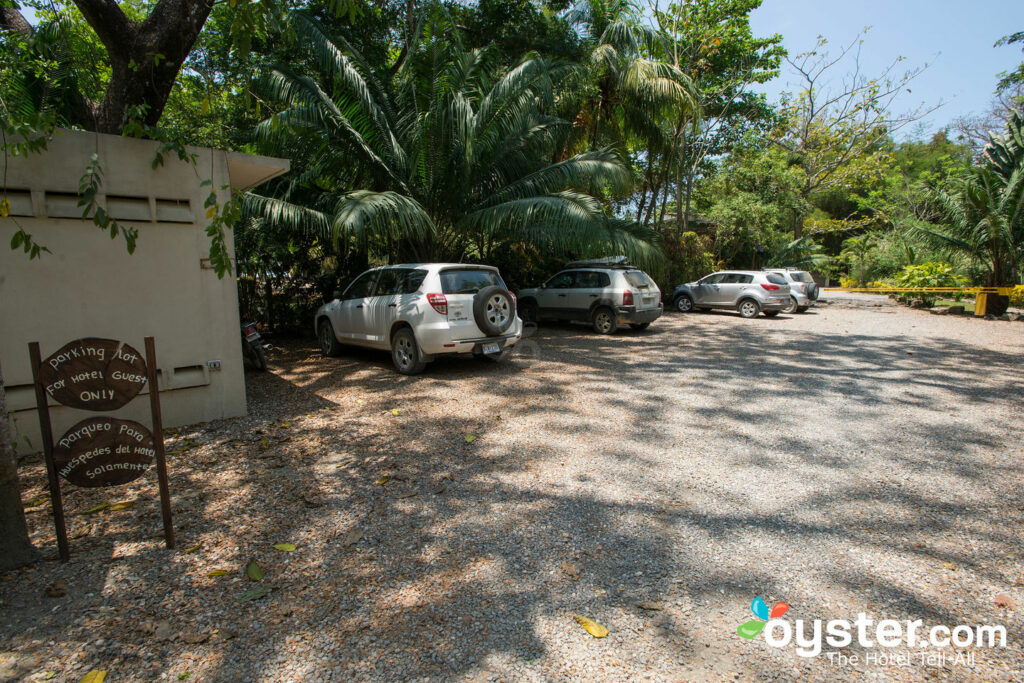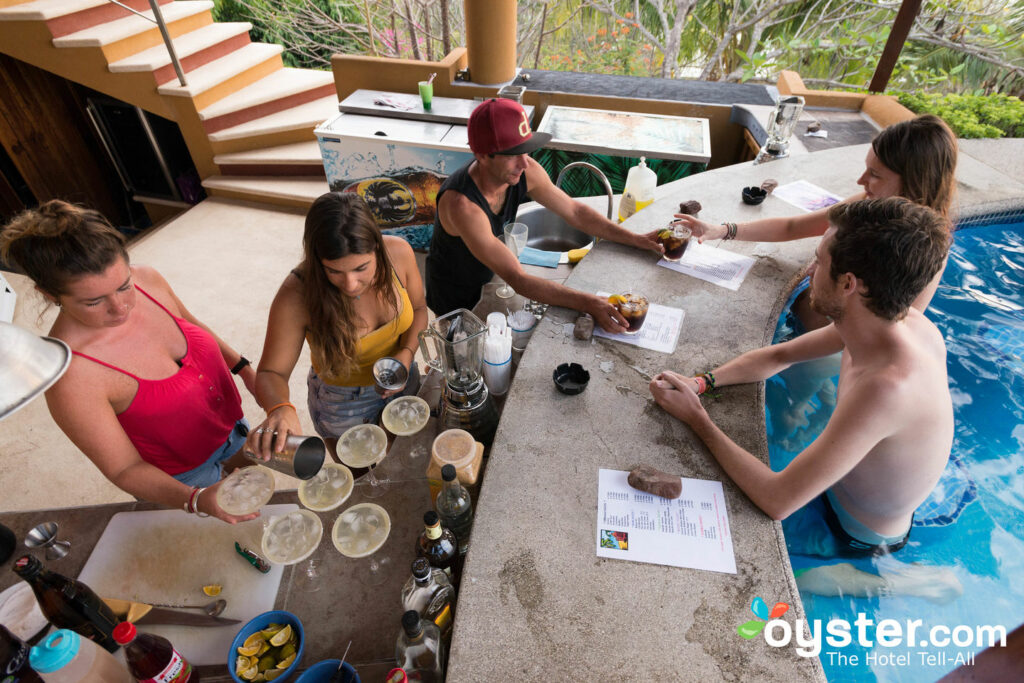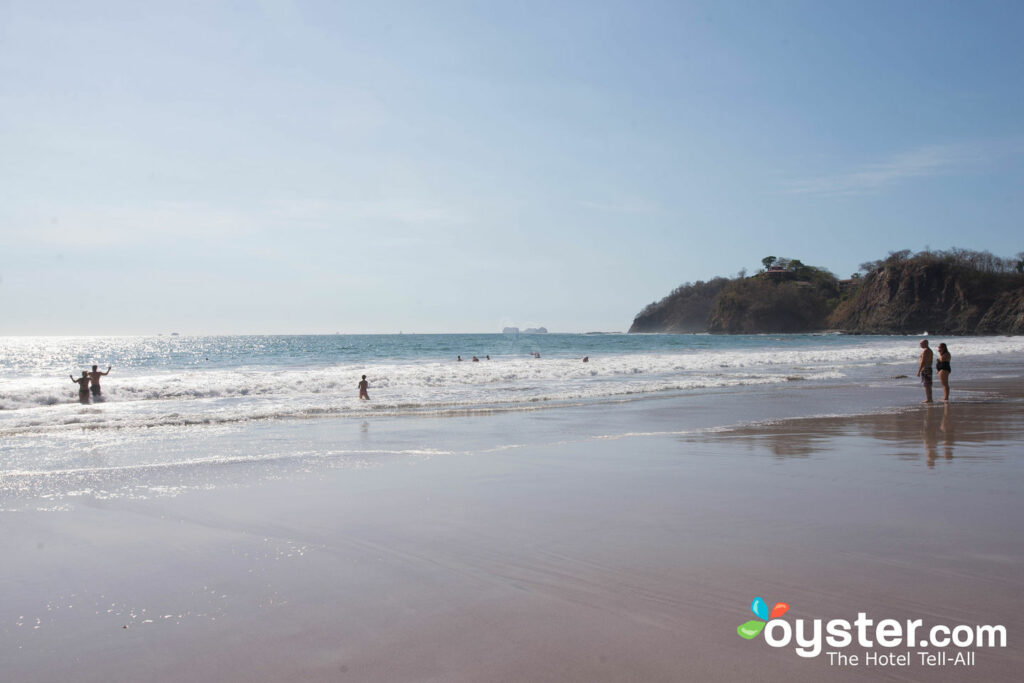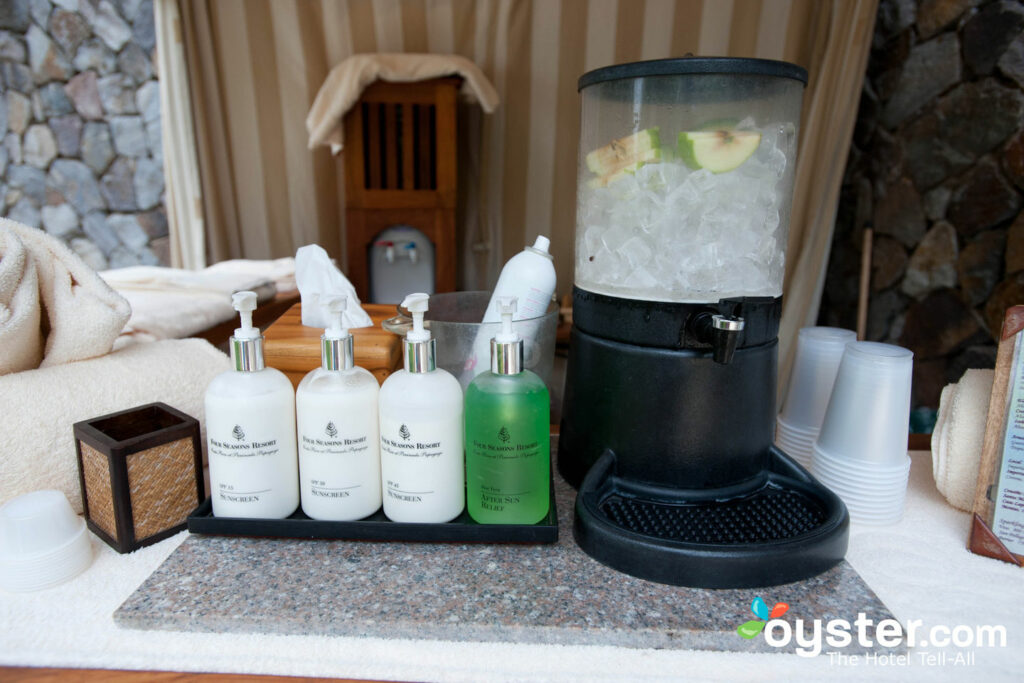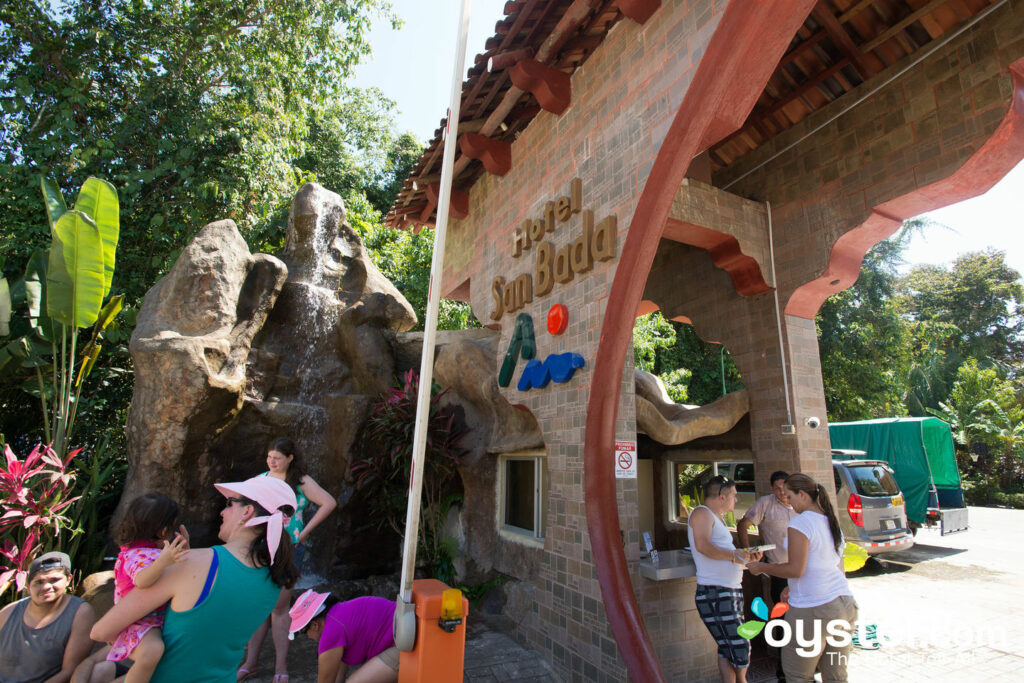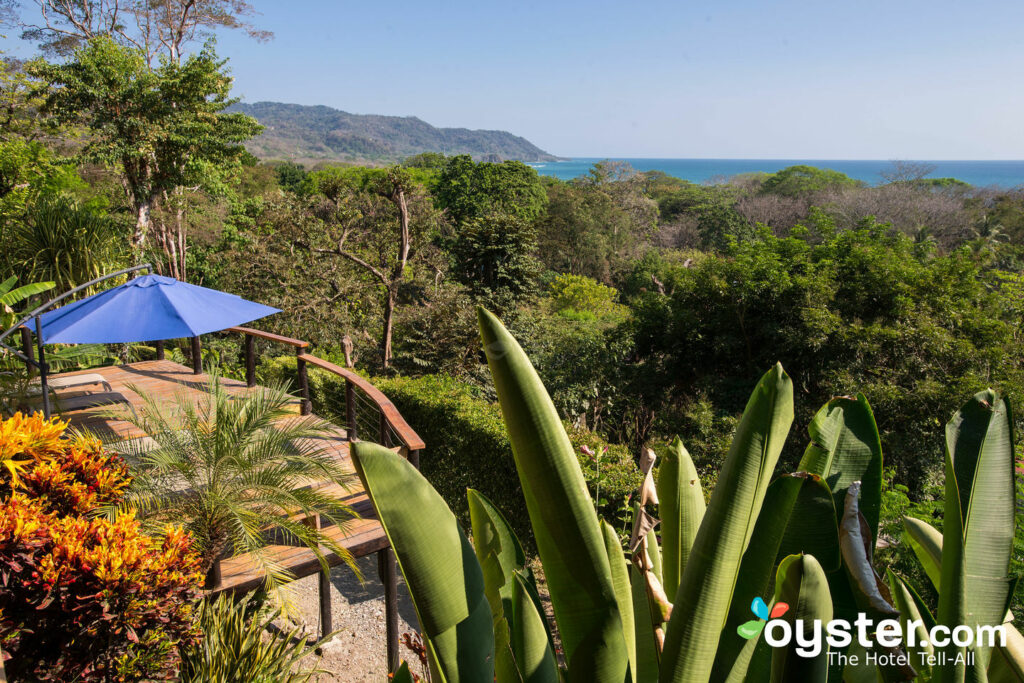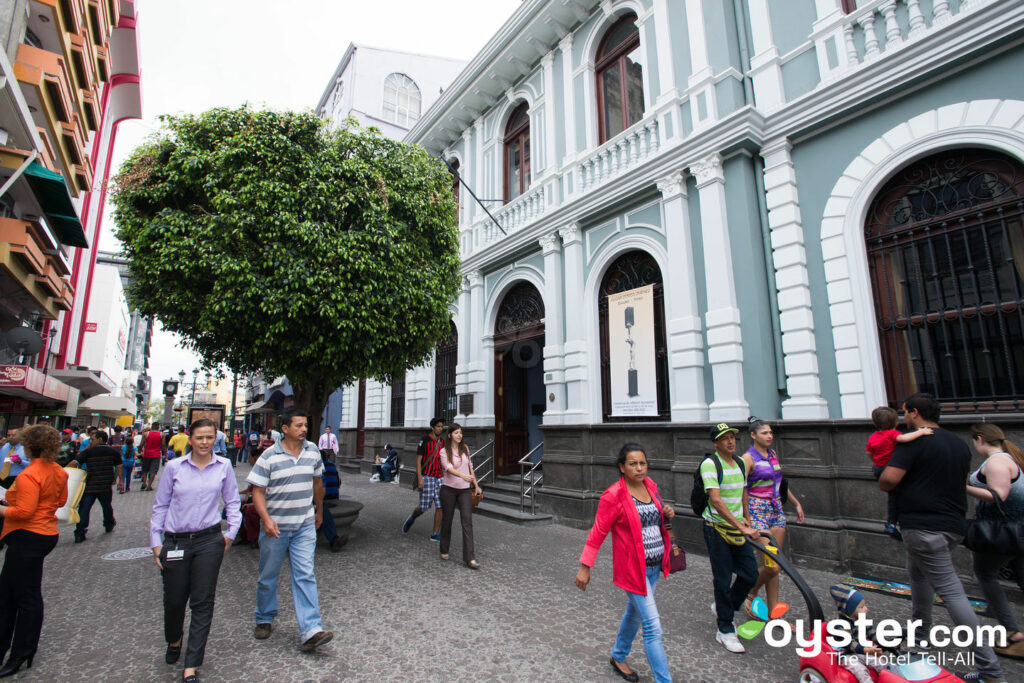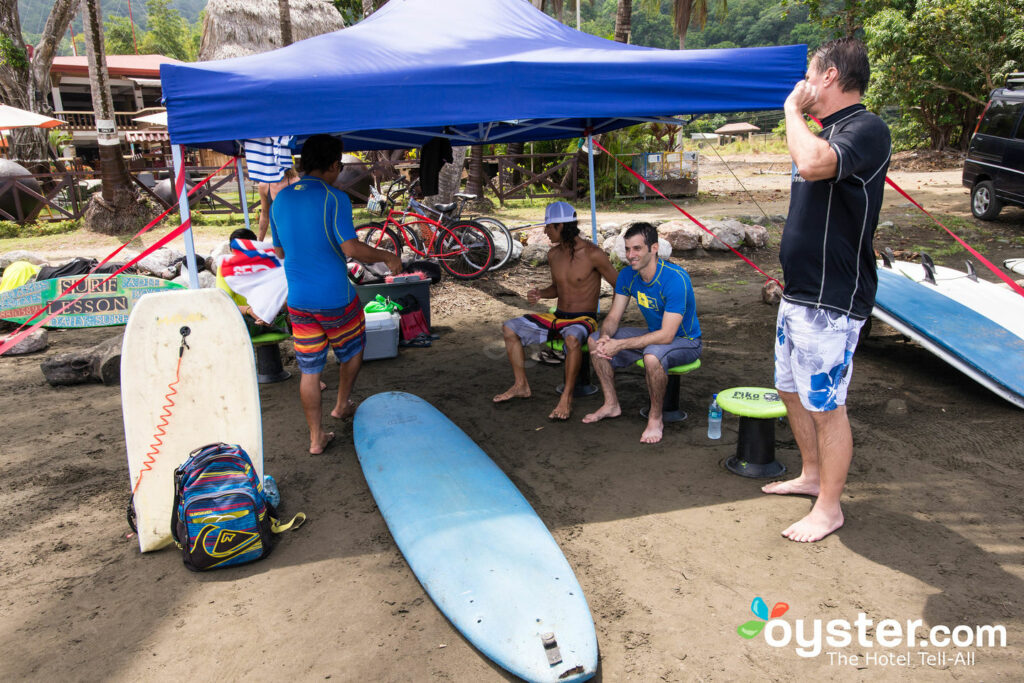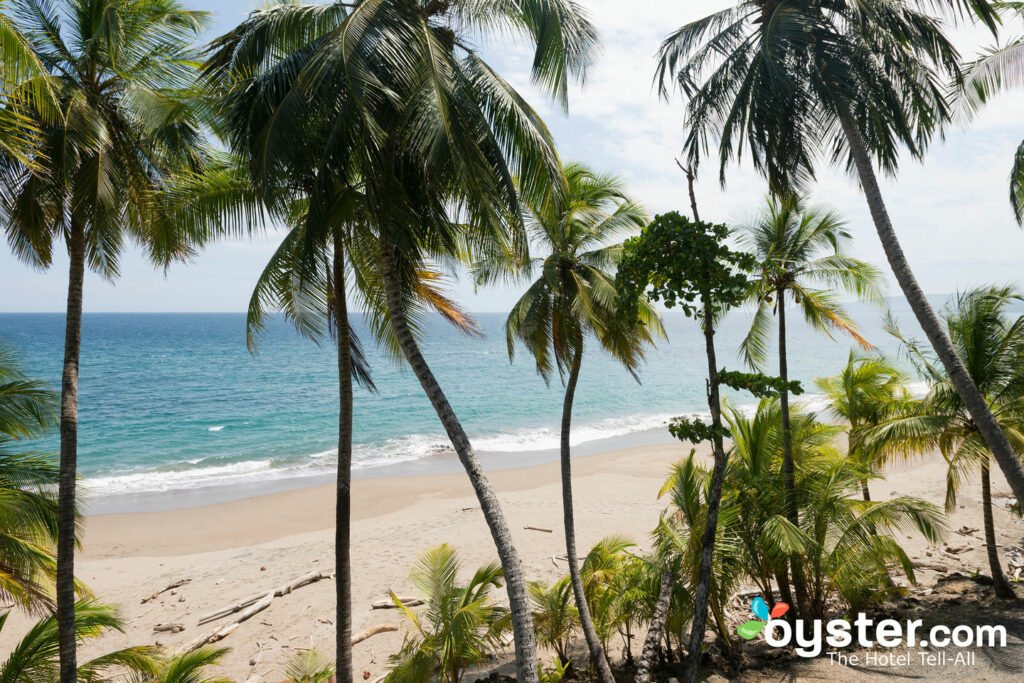
Spanish for “rich coast,” Costa Rica may be a popular travel destination (the number of tourists visiting the rugged Central American nation surpassed two million in 2008 and continues to grow each year), but it’s not overrun with Americans, as one might imagine. Sure, there are touristy areas with chain names -- especially if you stick to popular areas like Jaco and Tamarindo -- but nearly a quarter of the country’s area is made up of national parks and protected rainforests brimming with exotic flora and fauna. Plus, there are nearly 300 beaches and plenty of low-key beach towns with close-knit locals and expats, excellent boating and surfing, great restaurants, and cool beach bars.
That said, Costa Rica isn’t just another place to visit -- it’s a magical experience that will tempt visitors to return. And with a bit of knowledge and planning ahead, your trip will be better than you could have ever imagined. To help, we rounded up a list of 11 things you should know before visiting the country. But above all else, remember to have fun, go with the flow, and make the most of every situation.
1. Prepare to spend money.
Unlike more affordable (and lesser visited) neighboring countries, Costa Rica is by far the most expensive country in Central America, in terms of cost of living. Don’t be surprised to find that many things cost the same (or higher) as they do in the U.S. Unless you are frugal (budget travelers can stick to $30-50 a day), you might find yourself spending a lot of money on dining out, going to bars, shopping for souvenirs, and purchasing bottled water (drinking tap water is not recommended for rural and undeveloped parts of the country). The good news is that tax and gratuity are usually factored into the cost. Generally, Costa Ricans do not tip. If you wish, throw in an extra five to 10 percent, depending on service. Cab drivers are not usually tipped unless extra service is provided.
On that note, expect to pay a departure tax. Costa Rica has mandated that airlines incorporate this fee in the ticket charge, though it is not fully implemented with all airlines, especially discounted carriers. The cost is $29 per person (paid at the airport in cash or credit card). This catches many people off guard on the way out, so be sure to factor this extra expense into your travel budget, especially if you have a large group or family.
2. Renting a car is complicated.
Renting a car in Costa Rica is one of the best ways to see the country, and trust us, you’ll want a 4×4. The advantages are obvious: you can stop whenever you want, take scenic, albeit bumpy, detours, visit small towns off the main road, and beach hop. That being said, renting a car in Costa Rica is stressful and visitors should read the fine print. For starters, companies charge an exorbitant price for the fee and deposit. You typically need at least $1,500 (plus the rental cost) available credit on a card. This should be an authorization only transaction, and your card should not get charged unless there is damage to the car. However, it does reduce your available credit. It should also be noted that most agencies require a credit card. If they do allow a debit card, the deposit may cost significantly more, as agencies that accept debit cards typically require you to purchase the maximum damage waiver coverage policy. Also keep in mind that promotions, coupons, deals, airline points, and other special offers typically do not apply in Costa Rica.
The two companies often recommend by experts are Alamo (international corporate agency, good rates, and new vehicles), or Vamos (local agency, good rates, excellent customer service, and slightly older fleet). Lastly, Costa Rica often runs out of rental cars during the high season. In other words, reserve early or be willing to take the bus.
3. Your high school Spanish will come in handy.
Having fluent Spanish in Costa Rica is not essential, but it will help enrich your travels. A little goes a long way and it’s definitely worth learning what you can. Even if it’s just a simple “buenos dias, como esta? (“good morning, how are you?”) before launching into English, Costa Ricans appreciate the effort. They’ll likely break into a big smile immediately.
The bottom line is that a proper greeting is a big deal in Costa Rica and other Latin American countries. It’s a sign of respect for the people. And if you decide to go further and end up stumbling over your words, don’t worry. They’ll be patient and kind, eager to let you practice. In touristy areas, you’ll find more English speakers, especially at hotels, shops, tour companies, and bars and restaurants. In some expat-heavy regions, especially on the northern Pacific coast, English is often the first language. However, if you’re out and about exploring in that rental 4×4, you’ll likely encounter small villages where speaking Spanish is the only way to communicate.
4. Leave the pretension at home.
A phrase that you will see and hear everywhere in Costa Rica is “pura vida,” which has been present in Costa Rica’s vocabulary for decades. Its English translation means “pure life” or “simple life,” but it’s more than just a phrase — it’s a way of life.
Ticos (as the locals call themselves) view hospitality, generosity, and kindness as second nature. They believe a smile is free and doesn’t cost anything to share. Hotels range from rustic (read: no electricity) to casually elegant, and even then, there’s an omnipresent laid-back attitude and element of free-spiritedness. There is no need to bring the heels, designer handbags, or jewels, as most people wear jeans, t-shirts, sundresses, snug bathing suits for water sports, and flip-flops or sneakers. It’s all about the basic pleasures in this part of the world. That includes waking up to a healthy breakfast of tropical fruits and local coffee, taking a leisurely stroll down to the beach, and enjoying yoga, surfing, hiking, adventure sports, or wildlife. It’s no wonder why many expats move here to lower their living expenses and their blood pressures.
5. There is a rainy season.
When planning travel dates, it will be helpful to know that Costa Rica has two distinct seasons: a dry season that runs from December through April, and a rainy season that runs from May through November (September tends to receive the most rainfall). The peak travel season coincides with the dry season, and conveniently, North America’s and Europe’s winters. This peak tourist season boasts plenty of sunshine, making it an ideal time for exploring rainforests and lounging on beaches. That said, the dry season is the most expensive time to visit. In the northwestern province of Guanacaste (close to Liberia International Airport), the dry season lasts several weeks longer than in other Costa Rica provinces. Even during the rainy season, days in Guanacaste often start sunny, with rain falling in the afternoon and evening. And unless you’re staying on the Caribbean side of the country, there’s no need to worry about the hurricane belt.
6. Bring plenty of cash, bug spray, and sunscreen.
It’s a wise idea to bring cash to Costa Rica, as well as a few different debit and/or credit cards. Some ATMs will be out of order for technical reasons or can run out of money, especially over the weekend, so don’t wait until Friday afternoon to stock up. Some small businesses may still use an old credit card swipe machine, so don’t always expect to use a chip card. Also, be aware that some local banks limit U.S. credit card withdrawals to $100 twice daily, while other banks have much higher limits. Alternatively, you can withdraw cash over the counter in a bank (use your passport as ID). Just remember to inform your bank or credit card provider that you are leaving the country to avoid card blocking.
As for bug spray, Costa Rica is full of mosquitoes and other insects during the day and night (this is the jungle, after all). That said, make sure to pack several cans of bug spray before you leave. Be prepared to lather yourself, even while watching the sunsets. Bring the cans in ziplock bags to avoid leaking all over your clothes. On that note, you can buy sunscreen in Costa Rica, but it is going to be more expensive. It’s better to bring what you are used to and plenty of it. The sun here is a lot stronger and you don’t want to come home with a terrible sunburn.
7. Plan excursions in advance.
It is best to secure your Costa Rica excursions in advance, especially during the peak travel season. Although each tour operator and transportation service provider has their own cancellation policy, most allow a window of time in which cancellations can be made without penalty. The majority of the tour operators and transportation service providers will allow cancellations up to 72, 48, and in some cases, 24 hours prior to the reserved date. That said, opting to reserve trip items months or weeks in advance does not mean you forego the chance to change your mind later. It simply means that you have invested enough interest into your trip by planning ahead, and have left yourself some wiggle room to fine-tune your vacation plans (and day-trip reservations) down the road if necessary.
8. Expect bumpy roads and no cell service.
One hasn’t experienced bumpy drives until they have traveled on the dirt roads of rural Costa Rica. This is why we always recommend reserving a 4×4 vehicle when visiting. Not only do popular towns like Santa Teresa avoid asphalt, but many small hotels and yoga retreats require steep, white-knuckled climbs up narrow gravel roads. The reward that awaits at the top includes views across the stunning rainforest and Pacific Ocean. You might also want to buy a physical road map. Not only is there a lack of cell service in many remote areas, but Google Maps has been known to provide bad directions in this part of the world. Instead, put away the phone, unfold the map, and ask locals for advice before hitting the road.
9. Be wary of taxi drivers.
Despite Costa Rica being a fairly safe and friendly place for travelers, visitors should still be wary of taxi drivers. Many of them rig their meters to rip tourists off. Travelers should be especially cautious when getting taxis from bus stops in downtown San Jose. First, ask the driver if they have a meter (“tienen un metro/una maría?”) and make sure they plan to use it. There’s a base charge and this price does not change on the meter for the first few kilometers. Then, the price should start going up by 10 colones every few seconds. Don’t be alarmed if it looks like it’s increasing very fast (and remember that 10 colones is a fraction of a U.S. penny). Watch the meter carefully. Rigged meters will jump to higher prices, usually when you arrive at your destination. If you are sure that the meter jumped, only pay them the correct price and say that you are taking down their car number (which is on the yellow, triangular sign on the side of every registered taxi). They will likely let you go rather than deal with the hassle of getting reported over a few extra colones.
10. Give San Jose a chance.
With its concrete architecture and noisy traffic, the sprawling capital of Costa Rica doesn’t always make a great first impression, but it’s well worth digging deeper to discover the city’s charms. In San Jose, you’ll have a more genuine experience with Costa Ricans, as you can see where many of them live, work, study, shop, and engage in culture and nightlife. The “pura vida” mentality is just as strong in the city as it is at the beach. Plus, San Jose is covered with historic neighborhoods like Barrio Amon, street art and performers, cafes and restaurants, nightclubs and live music, and museums dedicated to art and natural history. And since it’s located in the Central Valley, there’s always an amazing view of the mountains surrounding the city (as well as a temperate microclimate).
11. If you’re considering surf lessons, do it.
For those who are physically able and willing to learn how to surf, do not hesitate. Costa Rica is not only blessed with consistent waves year-round, but the country also boasts a range of surf spots along its stunning Pacific and Caribbean coastlines, each with a distinct setting. Sand can vary from white, black, or brown coloration, but it doesn’t matter because it’s all about the waves. The Caribbean side has a short surfing season and produces large swells from tropical storms off Mexico, while the Pacific coast has smaller and more consistent surf generated by low pressure systems located off New Zealand. The recent rise in surf camps and surfer accommodations have made the sport much more common for traveling surfers (and newbies). You’ll find enough waves to choose from, whether you’re a beginner or an experienced surfer, as well as a range of courses and schools that fit your level the best.
NOW WATCH: 4 Costa Rican Hotels With Views of Arenal Volcano
You’ll Also Like:
- 9 Surf and Yoga Retreats in Costa Rica That Will Probably Make you a Better (or At Least Cooler) Person
- 7 Things I Learned from Traveling to Costa Rica Alone
- The Best Itinerary for Costa Rica
All products are independently selected by our writers and editors. If you buy something through our links, Oyster may earn an affiliate commission.
